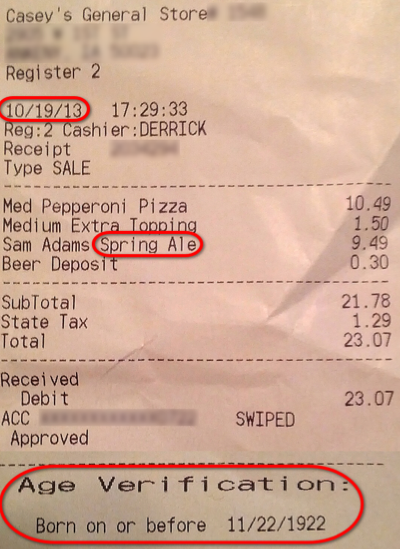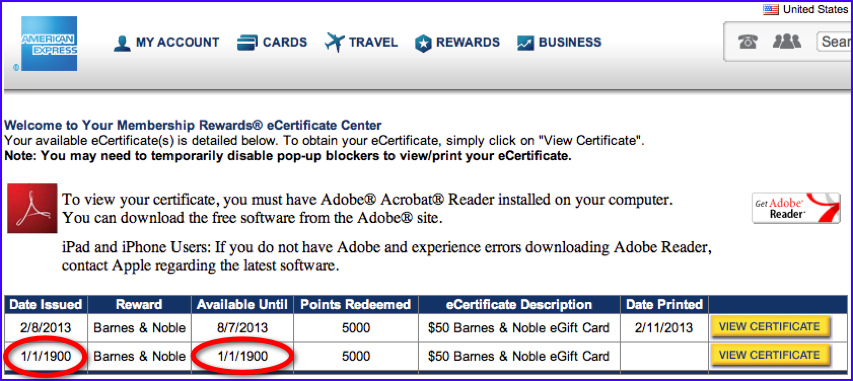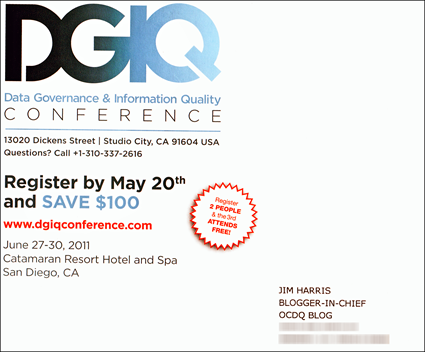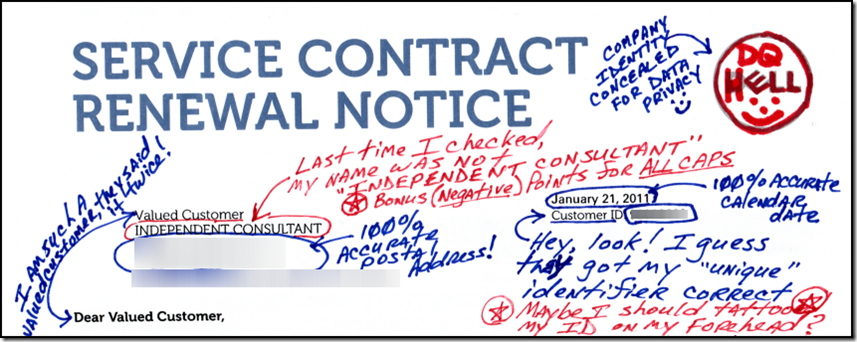Data Quality By Example (DQ-BE) is a new OCDQ segment that will provide examples of data quality key concepts.
“Good morning sir!” said the smiling gentleman behind the counter—and a little too cheerily for 5 o’clock in the morning. “Welcome to the check-in counter for Data Quality Airlines. My name is Edward. How may I help you today?”
“Good morning Edward,” I replied. “My name is John Smith. I am traveling to Boston today on flight number 221.”

“Thank you for choosing Data Quality Airlines!” responded Edward. “May I please see your driver’s license, passport, or other government issued photo identification so that I can verify your data accuracy.”
As I handed Edward my driver’s license, I explained “it’s an old photograph in which I was clean-shaven, wearing contact lenses, and ten pounds lighter” since I now had a full beard, was wearing glasses, and, to be honest, was actually thirty pounds heavier.
“Oh,” said Edward, his plastic smile morphing into a more believable and stern frown. “I am afraid you are on the No Fly List.”

“Oh, that’s right—because of my name being so common!” I replied while fumbling through my backpack, frantically searching for the piece of paper, which I then handed to Edward. “I’m supposed to give you my Redress Control Number.”
“Actually, you’re supposed to use your Redress Control Number when making your reservation,” Edward retorted.
“In other words,” I replied, while sporting my best plastic smile, “although you couldn’t verify the accuracy of my customer data when I made my reservation on-line last month, you were able to verify the authorization to immediately charge my credit card for the full price of purchasing a non-refundable plane ticket to fly on Data Quality Airlines.”
“I don’t appreciate your sense of humor,” replied Edward. “Everyone at Data Quality Airlines takes accuracy very seriously.”
Edward printed my boarding pass, wrote BCS on it in big letters, handed it to me, and with an even more plastic smile cheerily returning to his face, said: “Please proceed to the security checkpoint. Thank you again for choosing Data Quality Airlines!”

“Boarding pass?” asked the not-at-all smiling woman at the security checkpoint. After I handed her my boarding pass, she said, “And your driver’s license, passport, or other government issued photo identification so that I can verify your data accuracy.”

“I guess my verified data accuracy at the Data Quality Airlines check-in counter must have already expired,” I joked as I handed her my driver’s license. “It’s an old photograph in which I was clean-shaven, wearing contact lenses, and ten pounds lighter.”
The woman silently examined my boarding pass and driver’s license, circled BCS with a magic marker, and then shouted over her shoulder to a group of not-at-all smiling security personnel standing behind her: “Randomly selected security screening!”
One of them, a very large man, stepped toward me as the sound from the snap of the fresh latex glove he had just placed on his very large hand echoed down the long hallway that he was now pointing me toward. “Right this way sir,” he said with a smile.
Ten minutes later, as I slowly walked to the gate for Data Quality Airlines Flight Number 221 to Boston, the thought echoing through my mind was that there is no such thing as data accuracy—there are only verifiable assertions of data accuracy . . .

Related Posts
DQ-Tip: “There is no such thing as data accuracy...”
Why isn’t our data quality worse?
The Real Data Value is Business Insight
Is your data complete and accurate, but useless to your business?
Data Quality and the Cupertino Effect
DQ-Tip: “Data quality is primarily about context not accuracy...”

 Over the weekend, in preparation for watching the Boston Red Sox, I bought some beer and pizza. Later that night, after a thrilling victory that sent the Red Sox to the 2013 World Series, I was cleaning up the kitchen and was about to throw out the receipt when I couldn’t help but notice two data quality issues.
Over the weekend, in preparation for watching the Boston Red Sox, I bought some beer and pizza. Later that night, after a thrilling victory that sent the Red Sox to the 2013 World Series, I was cleaning up the kitchen and was about to throw out the receipt when I couldn’t help but notice two data quality issues.









